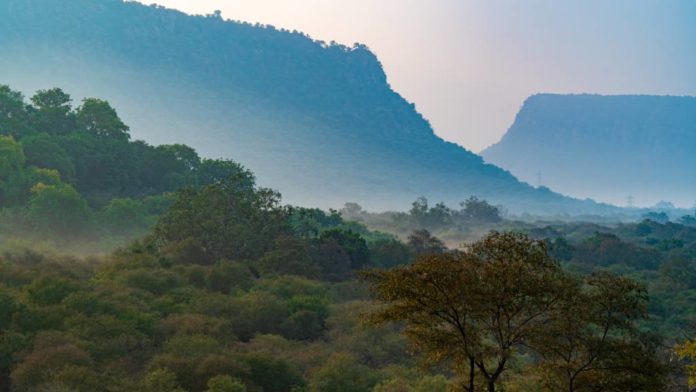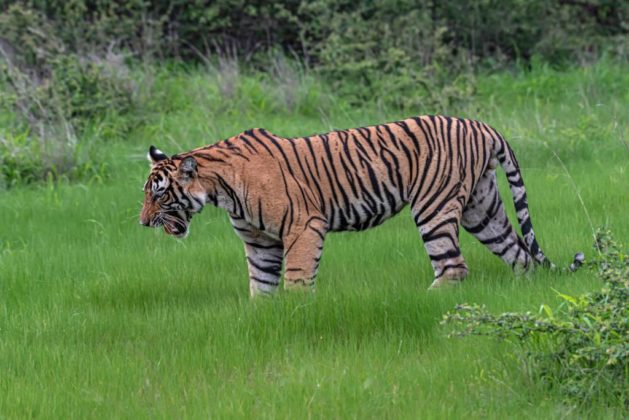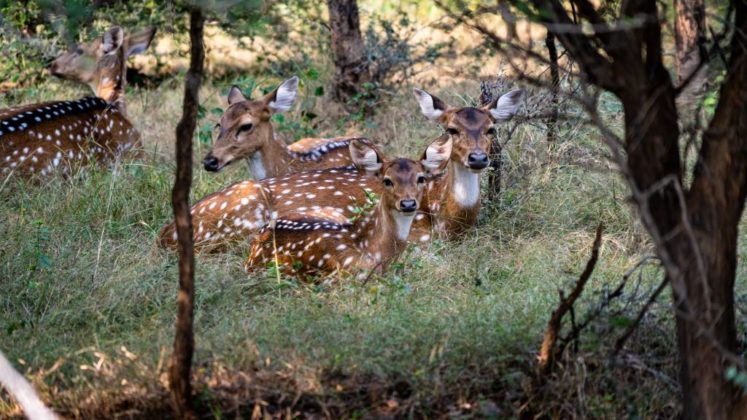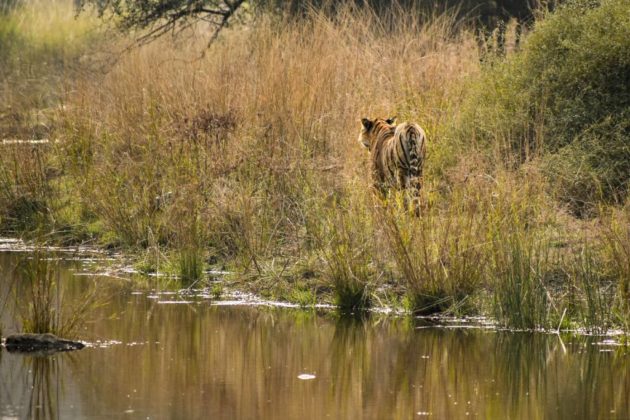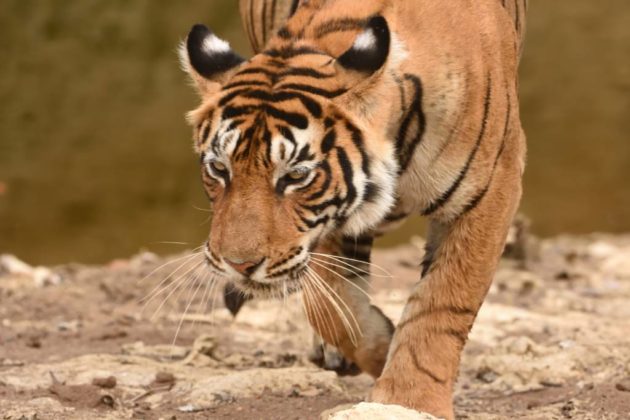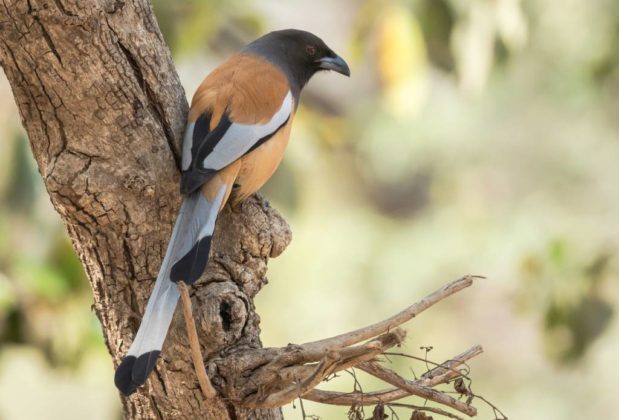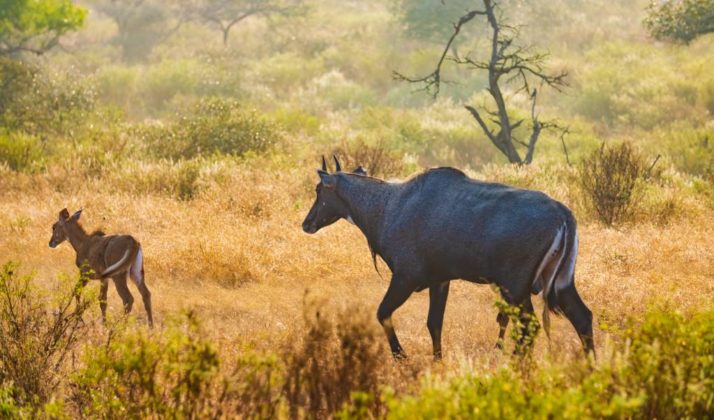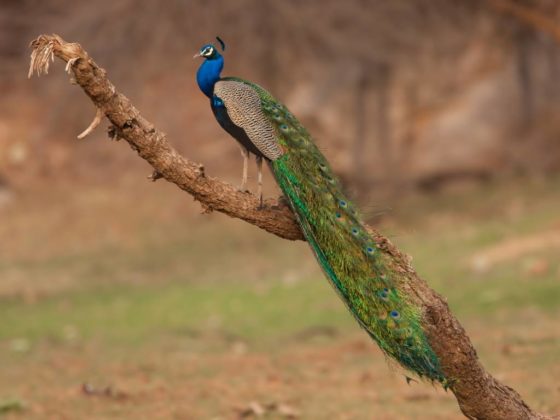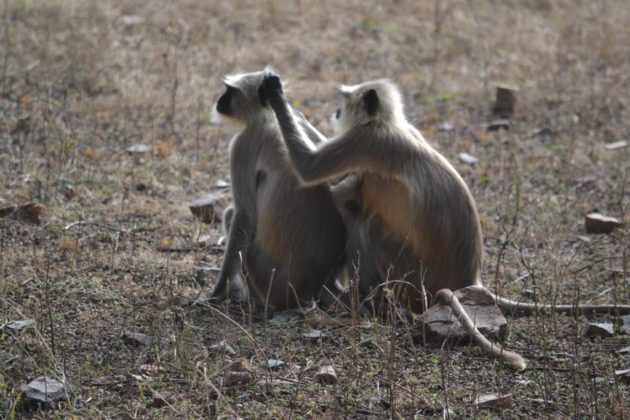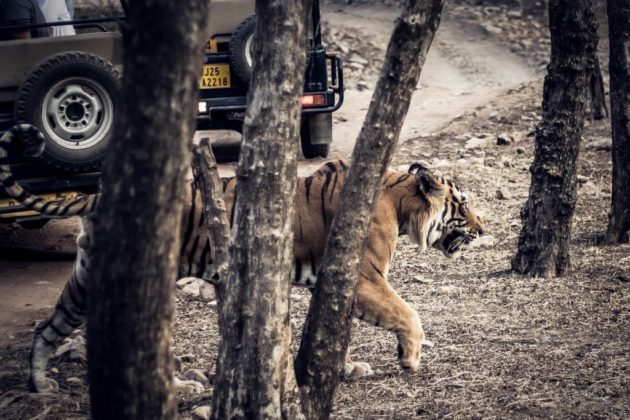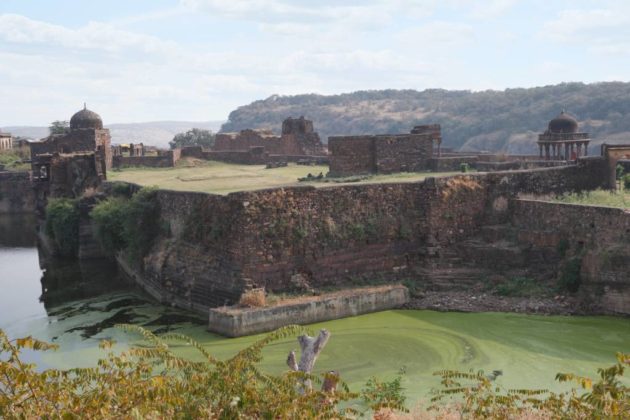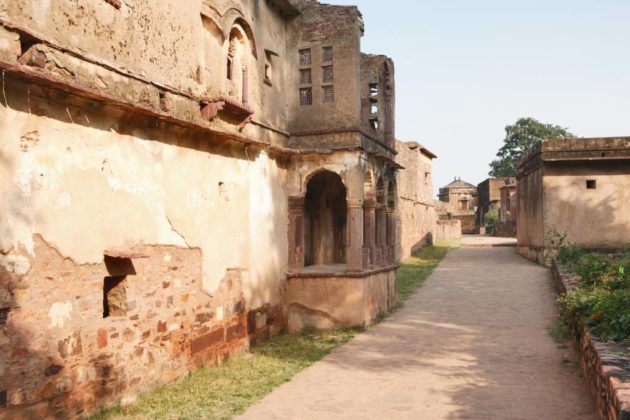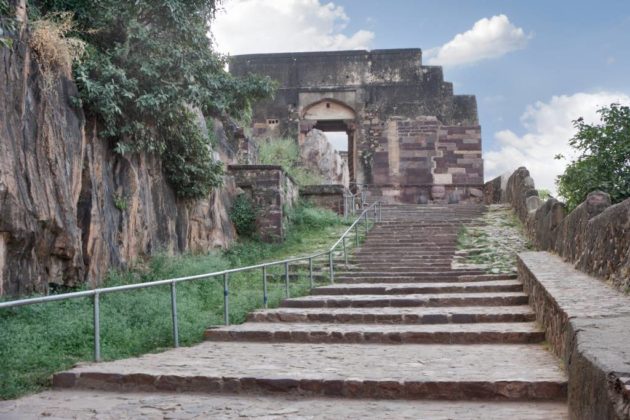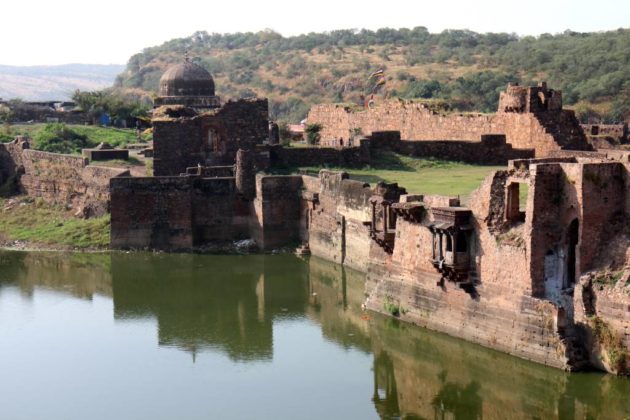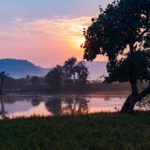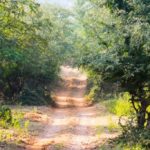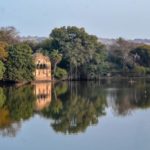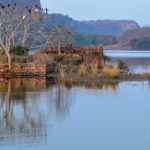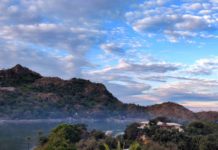Ranthambore National Park in Rajasthan is one of the most popular tourist destinations of the state which stretches over 392 sq km. It is the kind of place where wildlife, history, and nature come together. At the centre of the park lie the ancient temples and mosques, chhatris (cenotaphs), and crocodile-filled lakes. The ruins of the past give Ranthambore a distinctive and energizing appeal.
Ranthambore National Park has done exceptionally well in the conservation of tigers, who are habituated to human presence, making it one of the best places to photograph tigers. The park also boasts of more than 300 species of birds. In the year 1955, Ranthambore National Park has been declared a wildlife sanctuary. Furthermore, in 1980 it got the position of a National Park, and in 1984, the north-east and southern forests were acknowledged as Sawai Man Singh and Keladevi sanctuaries.
Things to Do at Ranthambore National Park
- Jeep Safari in Ranthambore National Park
Jeep Safari is the most viable way to watch the wildlife adventure of the Ranthambore National Park. If you are enthusiast to be gripped to view the magnificent Royal Bengal Tiger roaming in its natural habitat; Ranthambore is the best place to be at. Gypsy is a four-wheel 6-seater vehicle which is only permitted inside the buffer zone of the park with an official entry permit. Open gypsy provides amazing means to capture the pleasing flora and fauna of the park. Jeep being a smaller vehicle in size, is able to go across narrow, twisting trails and ensure a close encounter with the tiger. - Canter Safari in Ranthambore National Park
Canter safari that is inside the centre area of the Ranthambore National Park is also a viable way to explore. Though spotting tigers mostly depends upon your luck, the possibility of spotting tigers, leopards, and other wildlife species enhances very much in the open bus like canter safari. Canter is a 20-seater automobile for which travellers need to book the entry ticket in advance. - Ranthambhore Fort
Ranthambore Fort is situated at a distance of 13 Km from Sawai Madhopur Railway station. It was founded in 944 CE and was originally named ‘Ranath Bhawar Garh’ which means ‘a place of Rajput warriors’. The private car can be booked from the railway station to visit the fort and Ganesh temple which can cost around Rs. 700. Otherwise, you may opt for the shuttle service. - Bakula
Ranthambore wildlife sanctuary is mostly enclosed with thick forest and Bakula is one of the densely forested regions. The Bakula region also has different pools and water bodies. Due to the thick forest and water bodies, plenty of wildlife can be experienced in the Bakula Region. Visitors can easily spot tigresses with their cubs near the water bodies since Bakula is an excellent place for tigresses and their cubs to hide. - Lakarda Anantpura
In the north and north-west part of Ranthambhore National Park, you’ll find Lakarda Anantpura. This area is a perfect location to spot Sloth Bears. Tourists can also find a lot of anthills. There is a rare chance to spot one of these beers, but Hyenas can be easily found over here. - Jogi Mahal
Jogi Mahal fort is among the must watch places in Ranthambore national park. It is one of the most picturesque monuments in the national park. Used to serve as a hunting lodge, Jogi mahal on one side of Padam Lake was built by the royal family of Jaipur. - Padam Talao
Nothing beats the beauty of a lake in the arid deciduous forest, and thus one can’t avoid Padam Talao while visiting Ranthambore. It is the largest lake in the vicinity and home to a big number of resident as well as migratory birds. The Jogi Mahal, is situated right beside the lake, thus adding an antique view to the lake.
Quick Facts for the Ranthambore National Park
- The total central area of the national park is 275 sq. Km and 392 sq. Km including the buffer zone.
- The Best time to visit Ranthambore National Park is between 1st October and 30th June.
- The nearest airport from the National park is situated at Jaipur at a distance of 160 km.
- The opening and closing hours of the park are 07:00 AM and 06:00 PM, respectively.
Safari Timing and Duration at the Ranthambore National Park
Jeep or the canter safari inside the park is organized in two shifts, i.e. Morning and Evening.
- October and November
Morning safari: 07:00 AM to 10:30 AM
Evening safari: 02:30 PM to 06:00 PM
- November to January
Morning safari: 07:00 AM to 10:30 AM
Evening safari: 02:30 PM to 05:30 PM
- February to March-
Morning safari: 06:30 AM to 10:00 AM
Evening safari: 02:30 PM to 06:00 PM
- 1st April to 15th May
Morning safari: 06:00 AM to 09:30 PM
Evening safari: 03:00 PM to 06:30 PM
- 15th May to 30th June
Morning safari: 06:00 AM to 09:30 AM
Evening safari: 03:30 PM to 07:00 PM
Places to visit near Ranthambore National Park
- Kachida Valley: Kachida Valley has many outcrops and low hills. This valley is located on the outskirts of Ranthambore National Park. Tourists can explore the valley through Jeep Safari. Panthers of Ranthambore National Park can be spotted in this region. They avoid wandering in the core area of the jungle, thus avoiding conflicts with the tigers. One can easily spot Bears here as well.
- Trinetra Ganesh Temple: A must visit Lord Ganesha temple for the Hindu community. It is an ancient temple situated inside the Ranthambore Fort and the only temple in the world of Lord Ganesha with trinetra. The temple has many legends from ancient times and is the most visited temple in the entire Sawai Madhopur region.
- Rajiv Gandhi Regional Museum: This museum is situated outside the forest and can be visited for the information of bio-diversity of the Ranthambore region. It includes detailed information on flora and fauna present in the forest.

